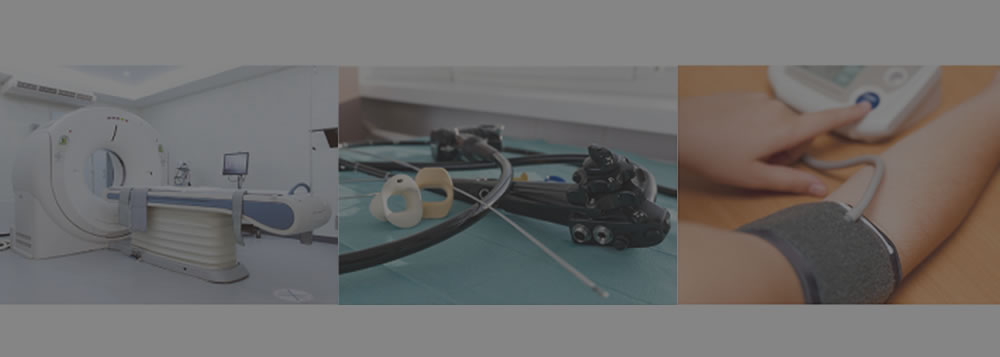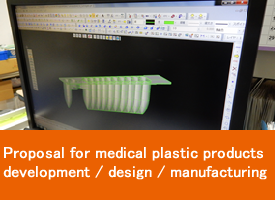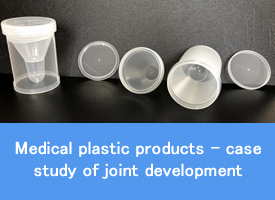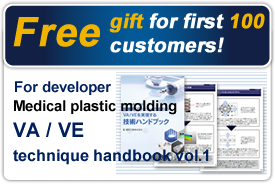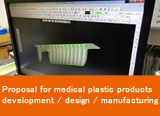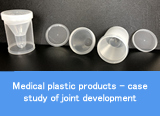In Japan, medical devices are classified into three classes (general medical devices, managed medical devices, and highly managed medical devices) according to the Pharmaceutical Affairs Law, but are classified into four classes (classes I to IV) according to the international classification. The correlation between the international class classification based on device risk and the classification based on the Pharmaceutical Affaires Law is as follows.
The International Classification, like the Pharmaceuticals and Affaires Low, is classified according to the effects on the human (or animal) body and the degree of risk, depending on the degree of risk, there may be a change in whether or not it is authorized or approved to manufacture, market, or sell the relevant medical device.
The higher the impact and risk to the body, it will be stricter the permit review and approval review naturally.
Classification of medical devices and their relationships
| General medical device | Managed medical device | Highly managed medical device | ||||
|---|---|---|---|---|---|---|
| Risk | Extremely low – low | Low – medium | Medium – extremely high | |||
| Permission or approval |
Manufacturing and sales |
Permission | Require | Require | Require | |
| Approval | Not require | Requires approval or third-party certification | Require | |||
| Sales | Not require (except for Specific maintenance medical equipment) |
Notification required (Excluding specified maintenance medical equipment) |
Need permission (Including special maintenance medical equipment) |
|||
| Class | Ⅰ | Ⅱ | Ⅲ | Ⅳ | ||
| classification by risk | Even if a malfunction occurs, the risk to the human body is considered to be extremely low | Even if a malfunction occurs, the risk to the human body is considered to be relatively low | Items that are considered to have a relatively high risk to the human body when a problem occurs | Highly invasive to the patient, and if a malfunction occurs, may be directly related to the danger of life | ||
References: Article 2, Paragraphs 5 to 7 of the Pharmaceutical Affaires Low




